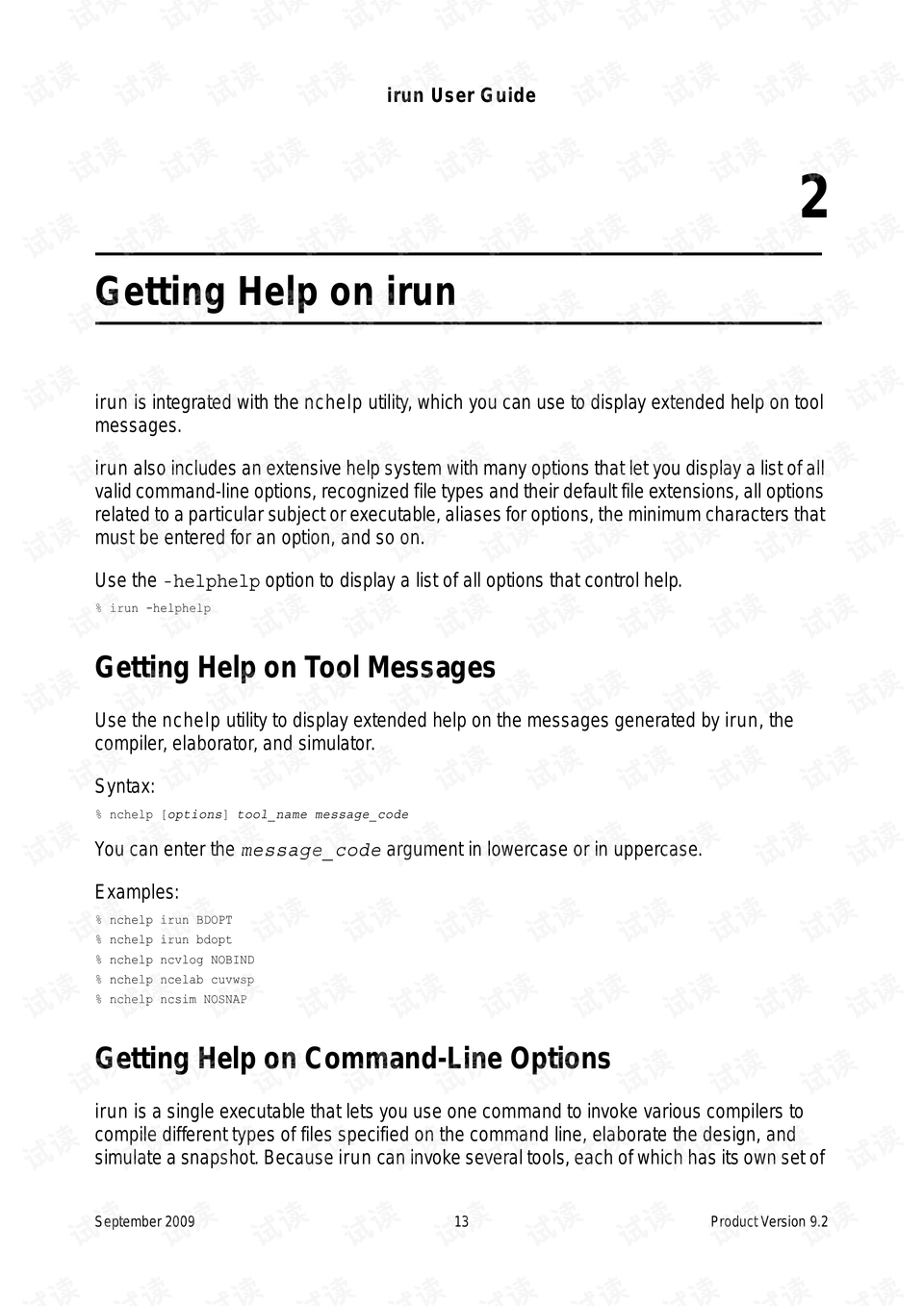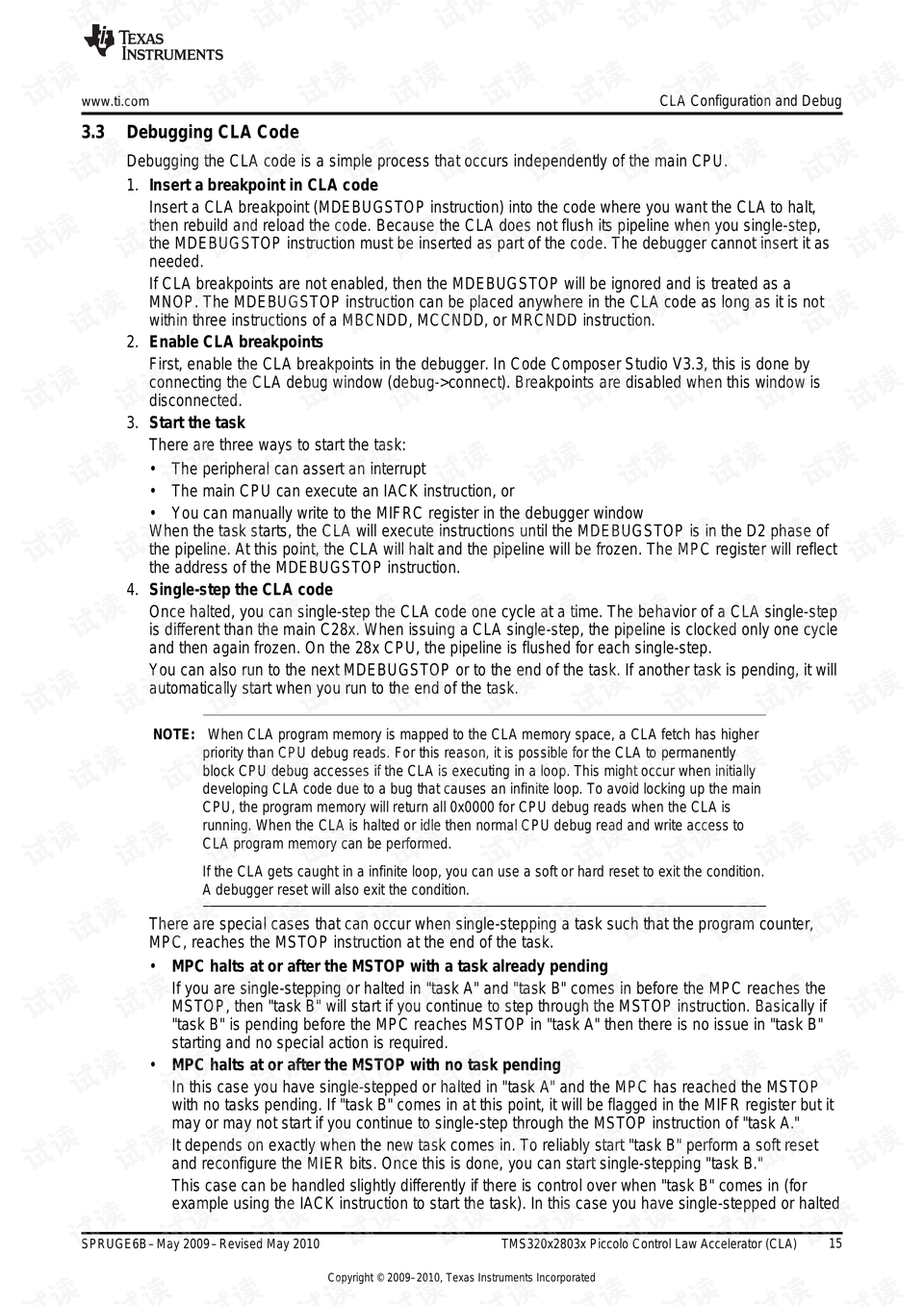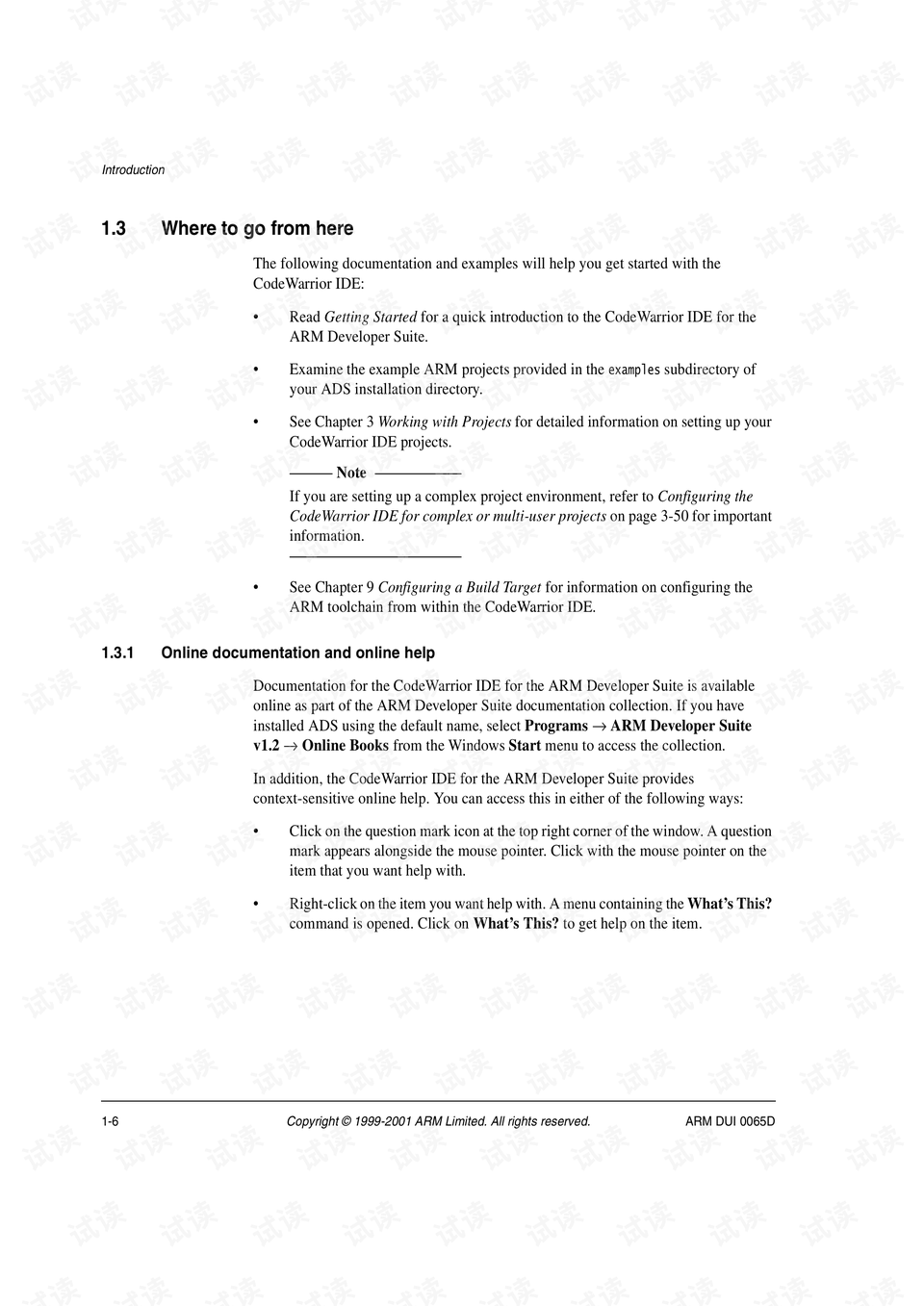User Manual:一本全面的指南,重点强调缩略词。本书旨在为用户提供详尽的操作指南和解释,同时注重使用缩略词以提高阅读效率。涵盖了各种设备、软件、服务等的使用说明,旨在帮助用户快速掌握操作技巧,充分利用各项功能。无论是初学者还是专业人士,本手册都是不可或缺的参考指南。
In today's world, technology has become an integral part of our lives. With the advent of various gadgets and devices, it is essential to understand their functionalities and operations to ensure efficient usage. A user manual, often referred to as an instruction booklet or product manual, plays a pivotal role in guiding users through the various features and operations of a product. In this article, we will delve into the world of user manuals with a focus on abbreviations commonly found in them.
What is a User Manual?
A user manual is a comprehensive guide that provides detailed information about the installation, operation, maintenance, and troubleshooting of a product. It serves as a reference tool for users to understand the functionalities of a device or software, enabling them to use it effectively. User manuals are typically written in a clear and concise manner, often with the help of diagrams and illustrations to aid comprehension.
Abbreviations in User Manuals
Abbreviations are commonly used in user manuals to simplify the language and enhance readability. Some of the commonly found abbreviations in user manuals include:
1、Inst.: Instruction
2、Op.: Operation
3、Setup: Installation Setup
4、Func.: Function
5、Troub: Troubleshooting
6、Part: Parts
7、Specs: Specifications
8、Freq: Frequency
9、Req: Requirements
10、Adv: Advice or Recommendation
These abbreviations help to save space and time while providing necessary information about the product. However, it is essential to ensure that the abbreviations are clear and unambiguous to prevent any confusion or misunderstanding among users.
Structure of a User Manual
A user manual typically consists of several sections that provide detailed information about the product. Here are some common sections found in a user manual:
1、Cover Page: Displays the product name, manufacturer's name, and other relevant information about the manual.
2、Introduction: Provides an overview of the product and its purpose.
3、Safety Information: Highlights the safety measures to be followed while using the product.
4、Installation Guide: Instructions for installing the product properly.
5、Operation Manual: Detailed instructions on how to operate the product, including its features and functionalities.
6、Troubleshooting Guide: Provides solutions to common problems encountered while using the product.
7、Maintenance Guide: Instructions for maintaining the product to ensure its longevity.
8、Appendix: Contains additional information such as warranty details, customer support contacts, and frequently asked questions (FAQs).
Importance of User Manuals
User manuals are crucial for several reasons:
1、They provide detailed instructions on how to use a product effectively.
2、They help users understand the features and functionalities of a product quickly.
3、They aid in troubleshooting common problems encountered while using a product.
4、They provide important safety information that users should be aware of while using a product.
5、They serve as reference materials for future use or when seeking clarification on certain aspects of the product.
Conclusion
User manuals are an essential component of any product, providing detailed information about its installation, operation, maintenance, and troubleshooting. The use of abbreviations in these manuals helps to simplify language and enhance readability while ensuring that all necessary information is provided. It is essential to ensure that abbreviations are clear and unambiguous to prevent any confusion or misunderstanding among users. Understanding the structure and importance of user manuals helps users make the most efficient use of their products while ensuring safety and longevity.



